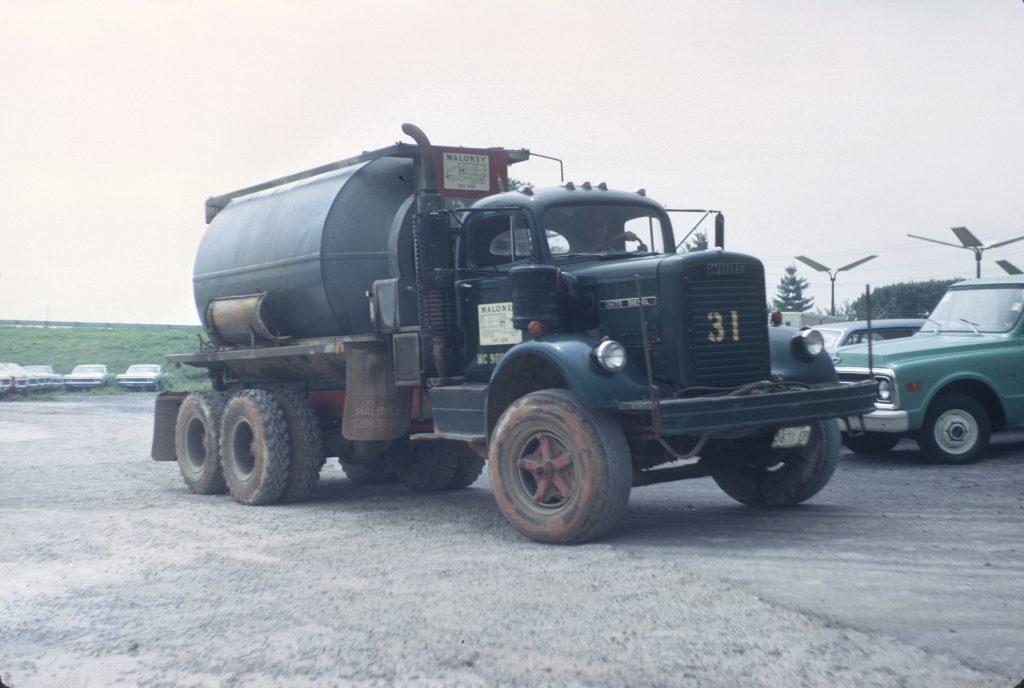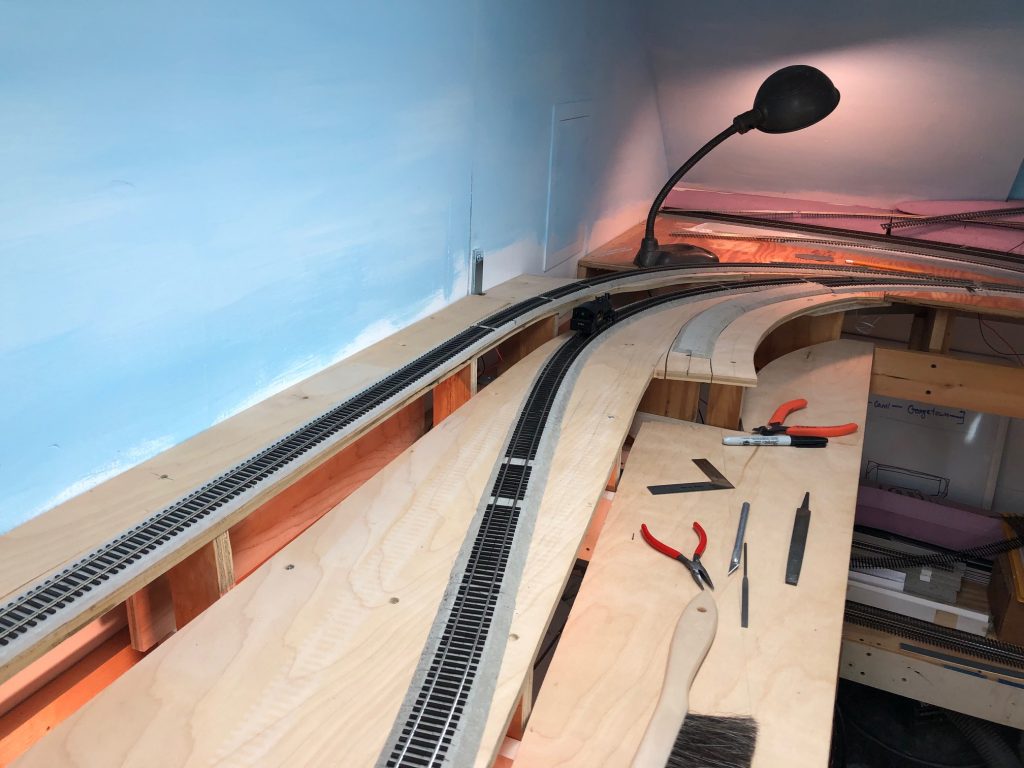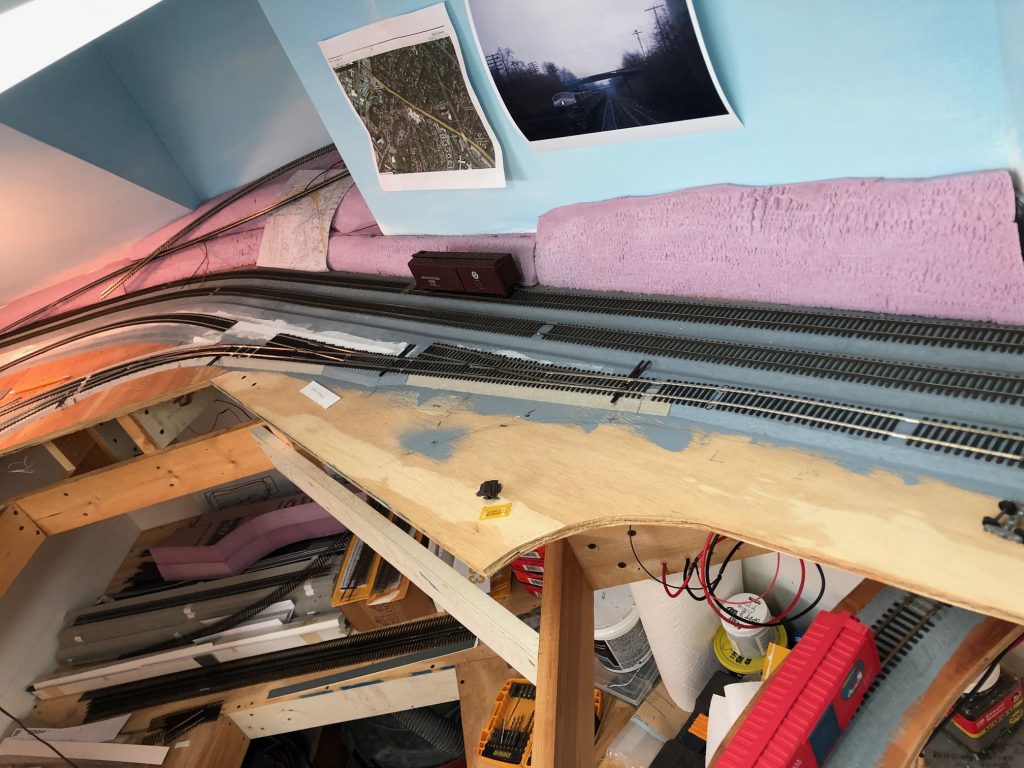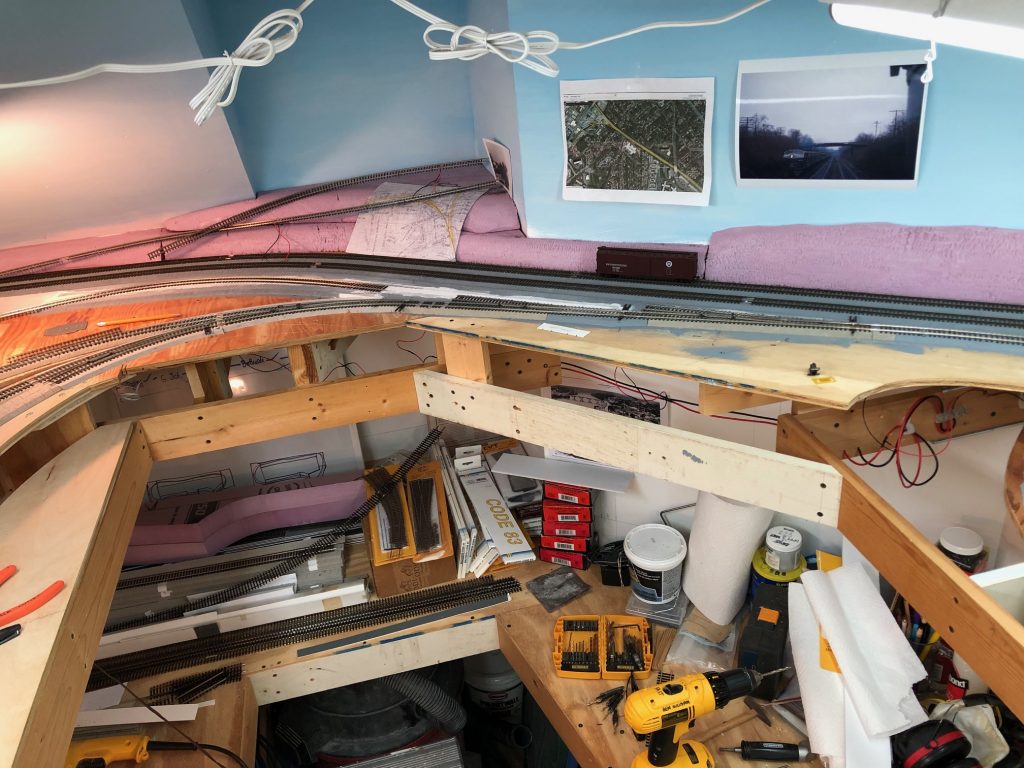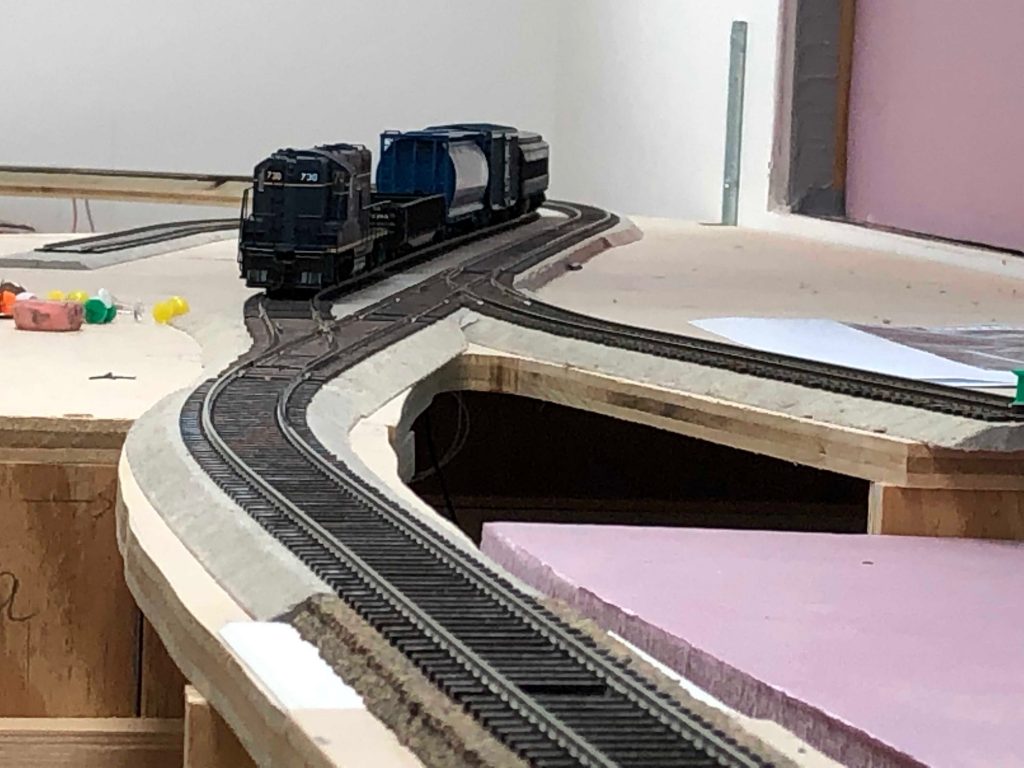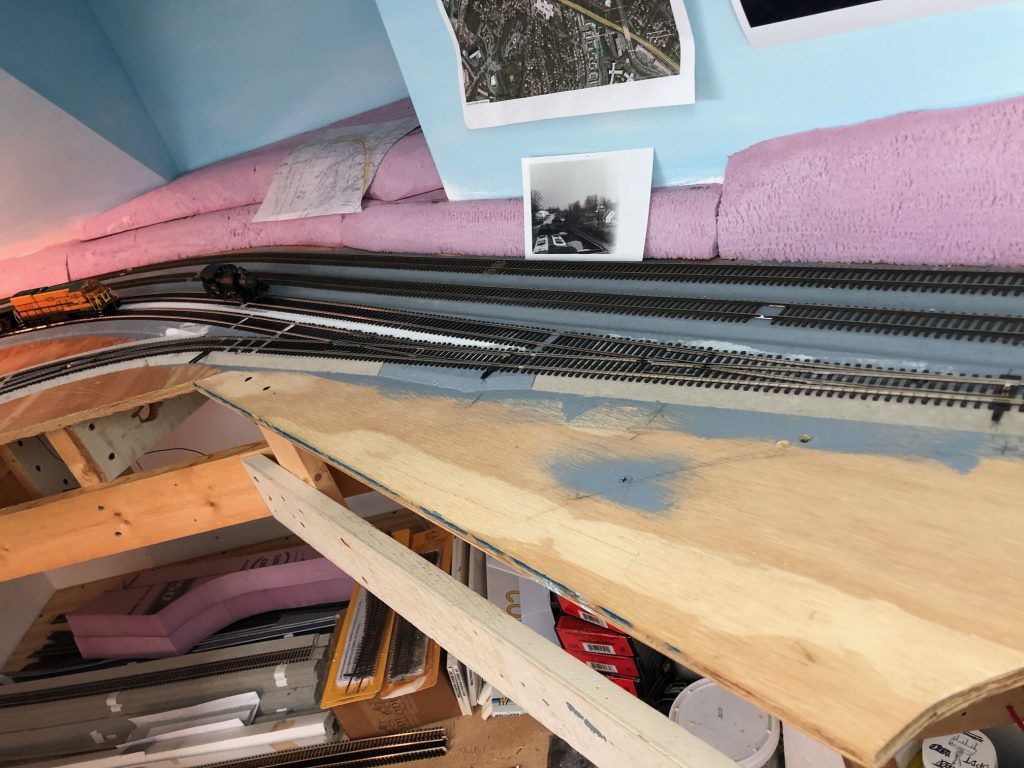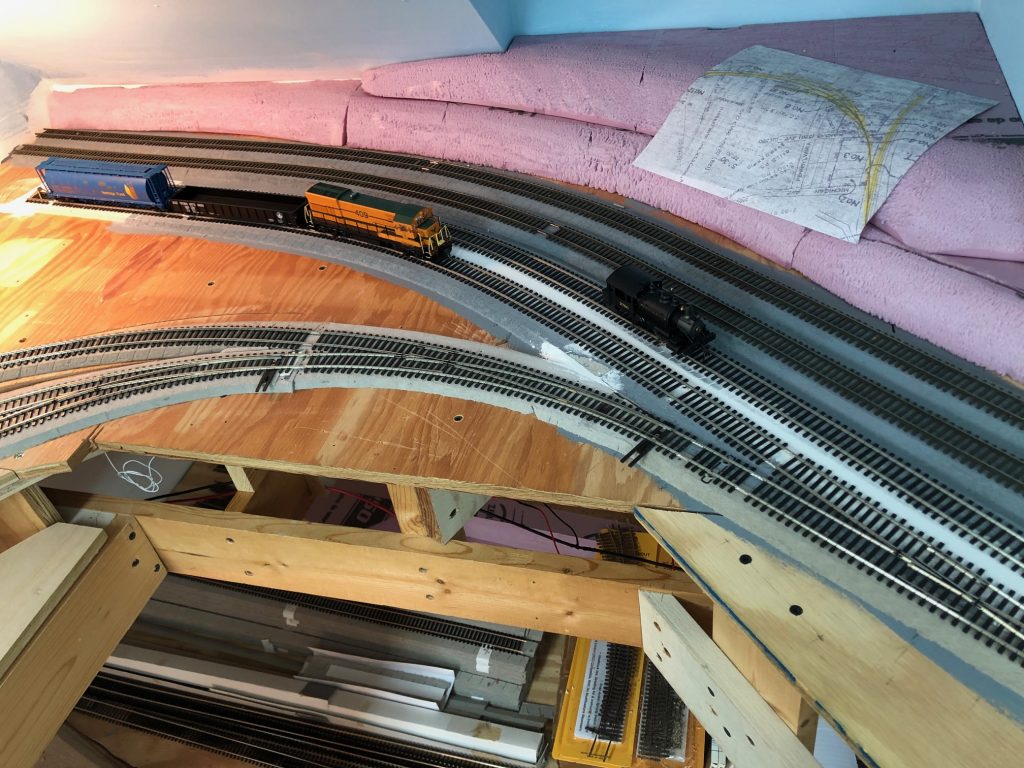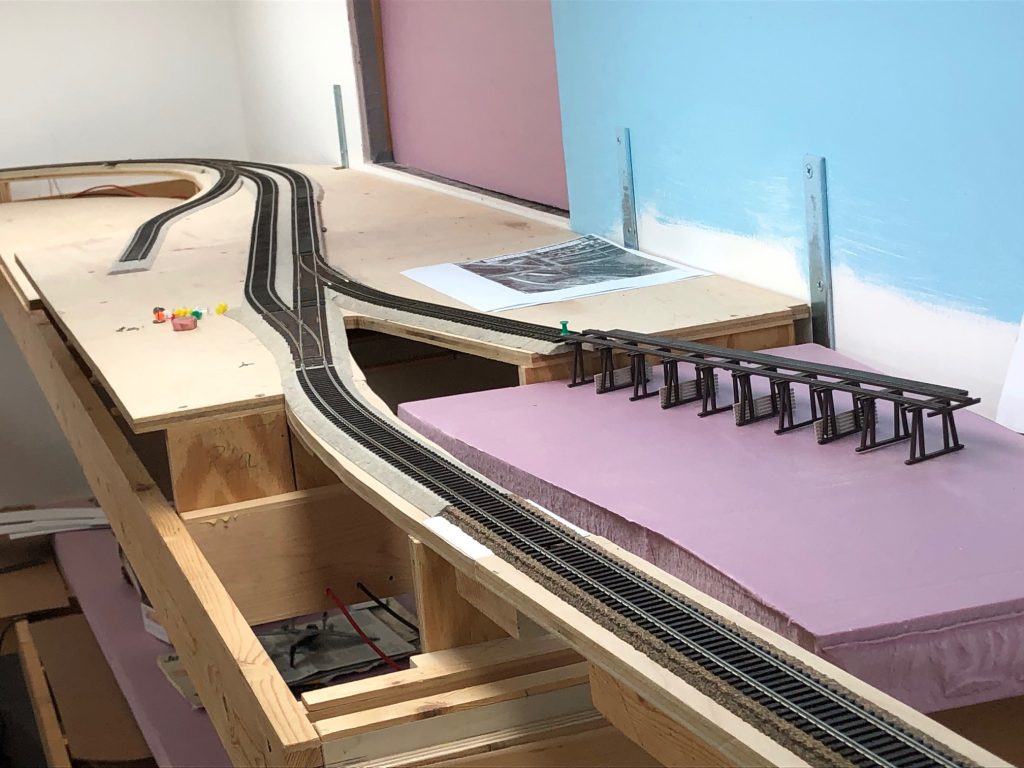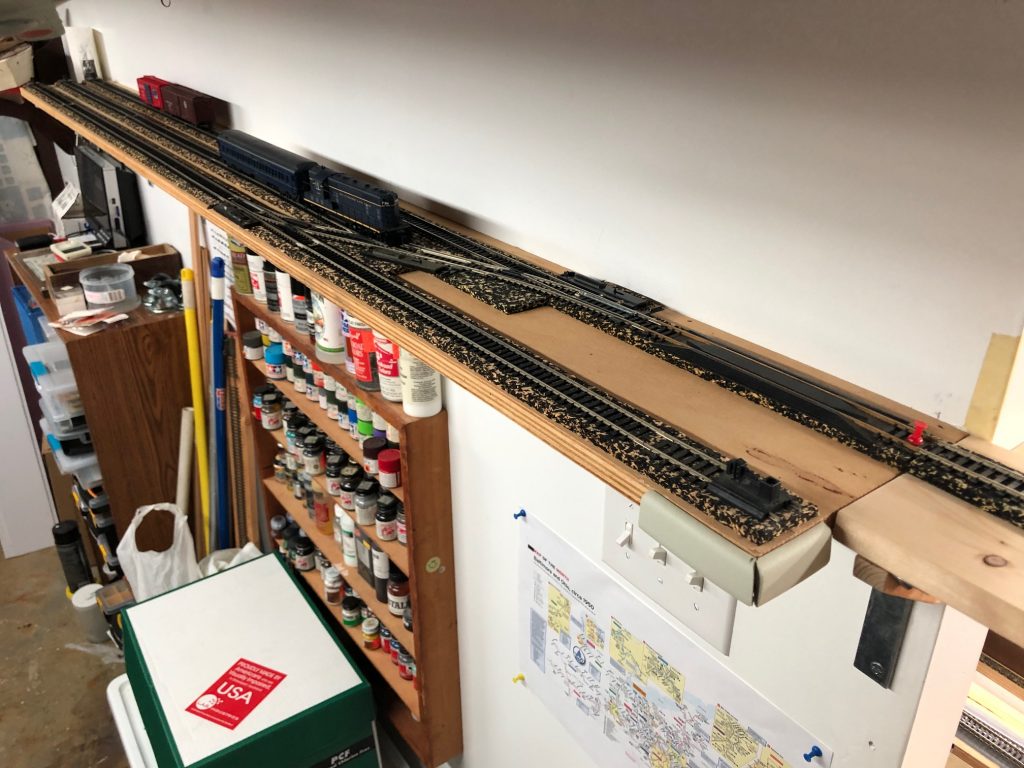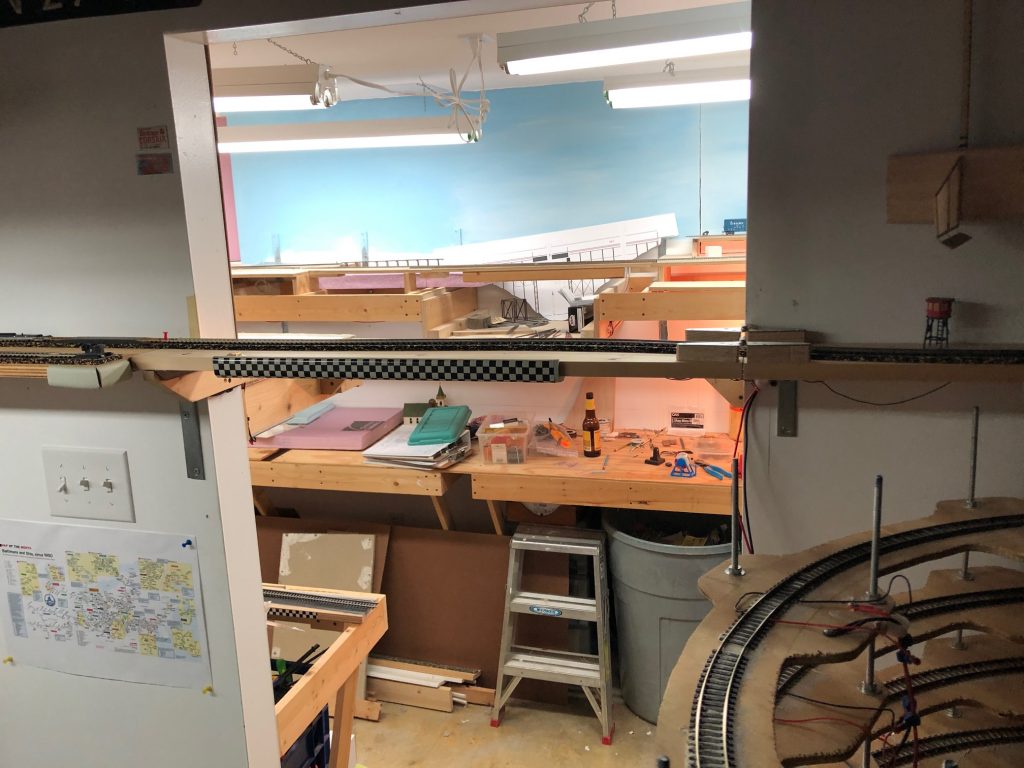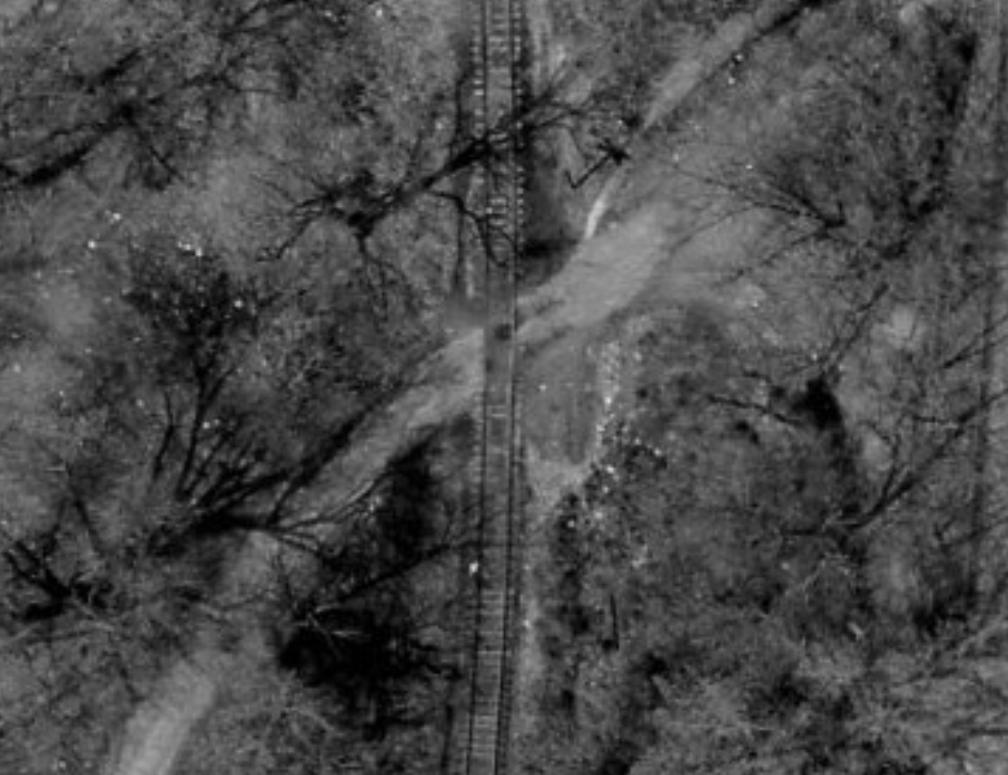The Bethesda area of my layout will feature the Maloney Concrete plant fairly prominently. I would like to have a few trucks parked nearby and the correct color scheme is important. Unfortunately I don’t have any color images showing what vehicles they owned in the 1940s and 50s looked like but I do have a few from the late 1970s. These images were shared with me by Don Wetmore and thankfully have some of the Maloney fleet pictured in the background. There is some variance here, specifically in the wheels and front bumper and guard which shows most painted red and some painted white. Cab is painted a dark green. Frame, bumpers and some trim/wheels are red. Mixing apparatus, platforms and fuel tanks are white, overall. This is just a starting point and a generalization until I can get some better photos. Last week I picked up an Athearn Mack B concrete truck that I plan on respraying when I can find the time. 🙂
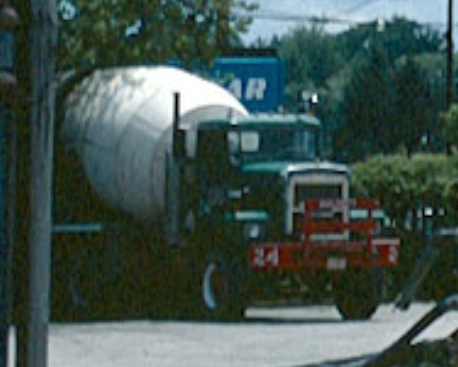

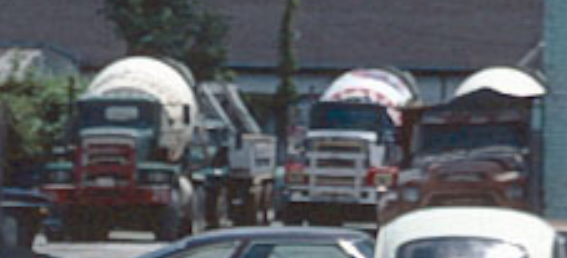
John King, local historian, modeler and railfan, reached out to me and shared a wonderful photo that he took back in 1969 which shows in GREAT detail a Maloney Concrete mixing truck! Here are the details:
John writes:
This was August, 1969 in Rockville at the intersection of MD 355 and Gude Drive. At the time this was the used car lot for Rockmont (now Ourisman ) Chevrolet. They were paving the storage yard with left over concrete. I was working there for a summer job so, needless to say, you know who got the task of smoothing the stuff out after it was dumped.
Maloney’s Rockville plant apparently had low clearances requiring this style truck. I remembered this style from when they delivered cement to our farm a few years earlier. Not sure if they used this type of ready mix truck at any of their other locations or not. I think there was a hatch on the side of the drum for loading the materials as opposed to both loading and unloading on the rear of the more modern style mixers. If nothing else, it confirms the green paint with red frame and wheels.
Also, note that the sign shows this type of truck, not the more modern ones.
